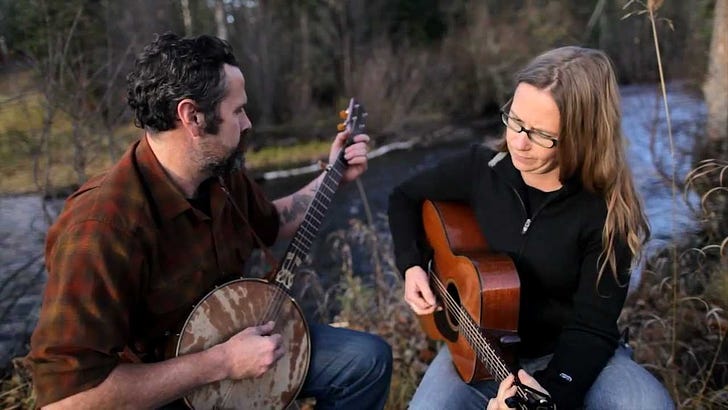Over the years I have worked with many patients who have addictions that put them at high risk for health consequences. As time went on, public health and a lot of our efforts went into “Harm Reduction” which was changing public health policy and our efforts into trying to lessen the negative consequences of their risky behaviors. Needle exchange programs are an example. Harm Reduction is what I do with the patients that I give PREP (Pre-exposure Prophylaxis) to, which prevents them from getting HIV from risky sex. Harm Reduction doesn’t “cure” addiction, but it definitely reduces the harms. It can also make a pathway to lead people into recovery. It creates a relationship, which is how change really happens. Harm Reduction is a realist’s approach. Not a perfect system, but one that recognizes the challenges of the culture and the individual.
And that seems to be where we are as a nation. We are giving up on containment, our citizens are “too old to be controlled”, as that old time song Wild Bill Jones says. That leaves us with harm reduction. Tough place to be, but we need to be realistic. For the most part, people are sensible, but many are getting restless. Others are feeling the financial strain. Others feel the loneliness. Others are just plain angry.
Harm Reduction is what we can do. We need to remember that individually we do have a certain amount of control, we can avoid crowded places, wash our hands, wear our masks correctly, stay 6 feet apart. We can continue to educate and teach about what works. You have been doing this very well. It has worked beautifully and will continue working, until there are more treatments and/or a vaccine. As people start getting sick again, this harm reduction will protect you and your families.
Some of us will need to go back to work and put ourselves at risk. That is where knowing the risks and how to protect yourself can help. Wearing. a mask is important. Maintaining distance as much as possible and remember that brief (less than 10 minute) conversations are less risky than a longer one, and that risk goes down with masking.
Lots of people are scared about money and jobs, fear breeds anger, so what can we do to ease fear? The Washington Post has a good article with ideas about how to help people in need. I have more money than time, due to my work, but you may have more time. Give what you can. It is easy to fall into fear, but reducing harm, sharing and caring and connection will get us through this.
Wash your hands and cover your nose.
And finally, my caveat is that this is my experience and my opinions, which are subject to change as more information is available, and not related to the organization I work for. Thanks for reading.
https://en.wikipedia.org/wiki/Harm_reduction
https://www.washingtonpost.com/opinions/2020/05/13/were-retreating-new-strategy-covid-19-lets-call-it-what-it-is/
https://www.washingtonpost.com/health/experiment-shows-human-speech-generates-droplets-that-linger-in-the-air-for-more-than-8-minutes/2020/05/13/7f293ba2-9557-11ea-82b4-c8db161ff6e5_story.html


